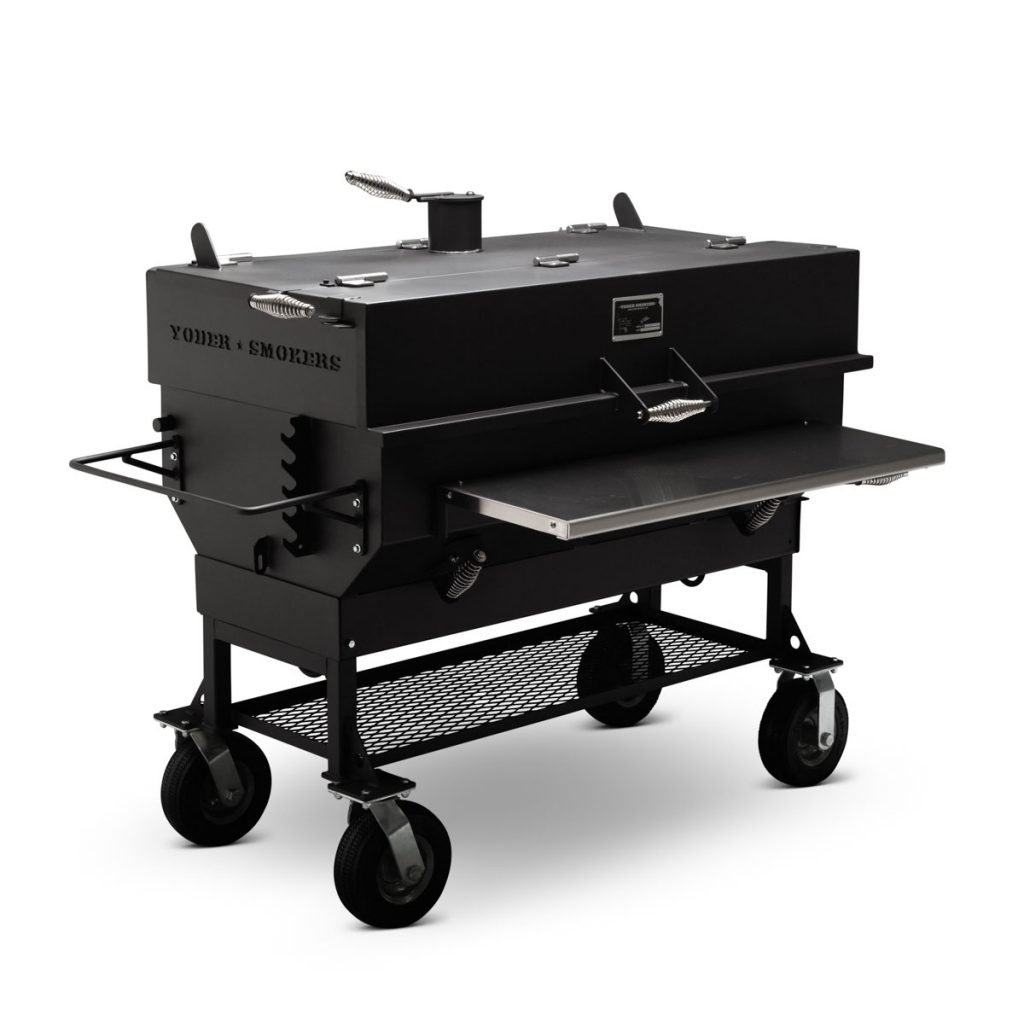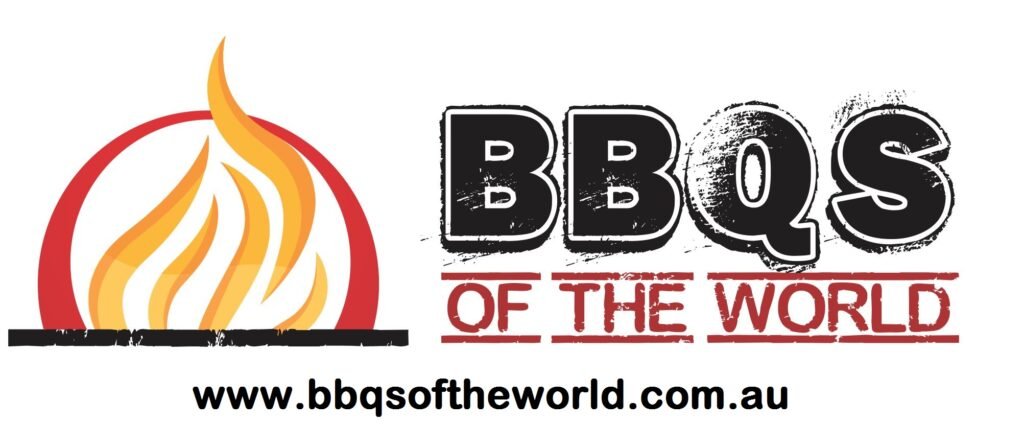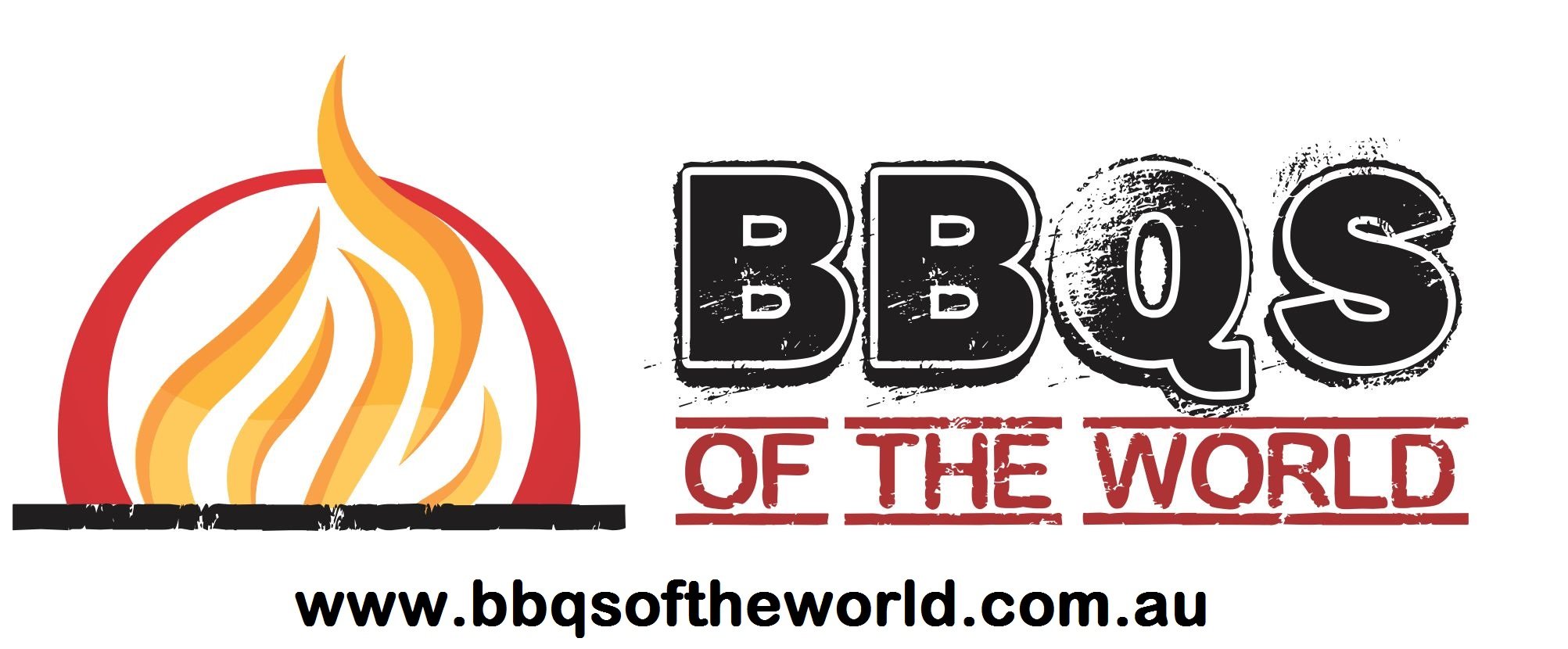
1. How does an offset smoker work?
Our offset smokers consist of the firebox (the smaller box), the cooking chamber where most of the cooking takes place and an additional vertical cooking chamber if you choose one of our Durango models. You begin by building a fire in the firebox, the heat then flows out from the firebox, through the cooking chamber and out the chimney. You control the burn (combustion) rate and the heat produced primarily by the main butterfly damper on the firebox door. To a lesser degree the damper on the chimney is also used to fine tune the heat in the cooking chamber.
2. How is an offset smoker different than a vertical or rear firebox design?
Here is the short answer: vertical and rear firebox designs are fueled by large amounts of slow burning charcoal with wood chunks added for flavour. Offset smokers are fueled by a small hot fire with wood being the preferred source for both fuel and flavour.
3. Can I grill and smoke on an offset smoker?
Yes, there are three ways that you can cook on an offset cooker:
Grill direct. This is done by building a charcoal fire directly below the cooking grates and grill directly over the coals. A grill grate is provided for the firebox and an optional charcoal grate can be added to covert the cooking chamber to a direct grill.
Grill indirectly. This is accomplished by building a fire in the firebox and running the dampers toward the open position. This creates an excellent indirect grilling area on the firebox half of the cooking chamber.
Smoking. This technique is accomplished just like indirect grilling except that the temperature is held at or below 135°C ( 275°F ).
4. How thick is the metal?
All Yoder Smoker wood pits are produced from new ¼” ( 6.35mm ) steel pipe & plate.
5. How do you keep the heat and smoke in the pit?
All Yoder Smoker offset pits are fully welded, no stitch welding around the doors. In addition the cooking chamber door is strapped with ¼” x 1″ ( 6.35mm x 25mm ) material and is fully welded to the door further reducing leakage around the door.
6. Are the cooking and the charcoal/wood grates removable?
All grates are removable.
7. What options are available?
In backyard offset pits the primary options are the heat management plate (HMP), cooking door counterweight (20″ pits), second shelf and the cooking chamber charcoal grate.
8. How does the heat management plate work?
The heat management plate installs against the common wall of the firebox and the cooking chamber. The design forces the heat and smoke to enter the pit under the plate and is then released incrementally as it travels across the pit. This design reduces the side to side temperature variance by more than half.
9. What type of wood should I use?
Wood selection is a matter of the cooks taste so we have included some basic guidelines to help in your selection. To begin with a wood that is going to be used should be either fruit or nut bearing. Typical smoking woods include apple, cherry, oak, pecan, hickory. The fruit woods produce a mild flavor with a slightly sweet finish. The oaks and other hard woods produce a heartier smoke flavor, while pecan can end with a hint of sweet the other hard woods do not. Besides flavor wood will also influence the color of the meat, for instance, some operators like to mix cherry and pecan which produces a cherry like color on the bark and a robust smoke flavor with a slightly sweet finish. The list isn’t all inclusive; certainly numerous other fruit woods are excellent choices as well.
The other consideration when selecting wood is seasoned vs. green. Most experienced operators choose seasoned wood. Seasoned wood burns more predictably, which contributes to a clean burning fire and in turn minimizes temperature spikes making pit management easier.
10. Charcoal VS wood?
Small offset pits can be run with charcoal as the primary heat source and wood chunks for flavor. Most offset cooks prefer split wood as the source for both the heat and flavor.
11. Logs VS chunks?
Again, most offset cooks use split wood.
12. How do I build the fire?
Begin with the firebox lid, main damper and chimney damper in the open position, this will increase airflow and speed the fire building process. Most offset cooks start with a charcoal base. Once you have a hot bed of charcoal close the lid and place two pieces of wood onto the coal base. As the wood reduces to coal close both dampers to the halfway position to allow the pit temperature to begin to rise. Once the pit stabilizes at the desired temperature, add one piece a flavor wood and the meat and you are off and cooking.
13. How often do I maintain my fire?
Expect to add one 350mm – 400mm small split log to the fire every hour or so. The key to excellent color and a savory smoke infused flavor is running a small hot fire. When the fire is running efficiently you will have a thin light colored smoke coming from the stack. NOTE: a heavy white smoke indicates that you are smoldering not efficiently burning the wood. This will put a dark color and a harsh taste on your meat.
14. How do I control temperature?
Once the pit is stabilized and up to the desired temperature, pit temp is controlled by the amount of fuel you add at any given time and the position of the primary damper on the firebox.
15. How do you season a new pit?
Build a fire in the firebox utilizing any smoking wood, run the unit at 120°C + degrees ( 250°F ) for 3 to 5 hours. The pit is seasoned and ready to cook on when a thin black sheen has developed on the interior surfaces.
16. How much wood will I need for a cook?
On a Yoder quality 16″ or 20″ offset an average 10-hour cook will consume less than 30 cubic cm of wood.
17. When is my pit ready to cook on?
It typically takes 45-minutes to get a coal bed built and for the steel in the pit to come up to the desired cooking temperature. Once this happens the pit is ready to cook on.
18. What about temperature evenness?
A traditional low and slow offset pits run hotter at the firebox end and cooler at the chimney end. This is one of the offsets greatest strengths; the heat is progressive from end to end and is predictable from cook to cook. This lends itself perfectly to cooking different cuts of meat at the same time. Want to load the pit up with briskets or butts? Drop the Heat Management Plate into position and the temperature becomes fairly even from end to end.
19. How does packaging and shipping work on a backyard smoker?
Shipping may vary from state to state, the most common is your unit will be banded to a pallet and shrink wrapped. The delivery truck will be equipped with a lift gate that lowers the pallet to the ground, so that all that is needed is to cut the bands and roll the unit into place. Since the units are fully welded there is no assembly required.
20. How do you clean the firebox?
Each pit is delivered with an ash cleanout tool that is shaped to quickly and easily remove the ash from the firebox.
21. Cooking in winter?
You can successfully cook on a Yoder Smoker in any weather condition.
22. How long will the smoker last?
That’s the easy one, for a lifetime, guaranteed.
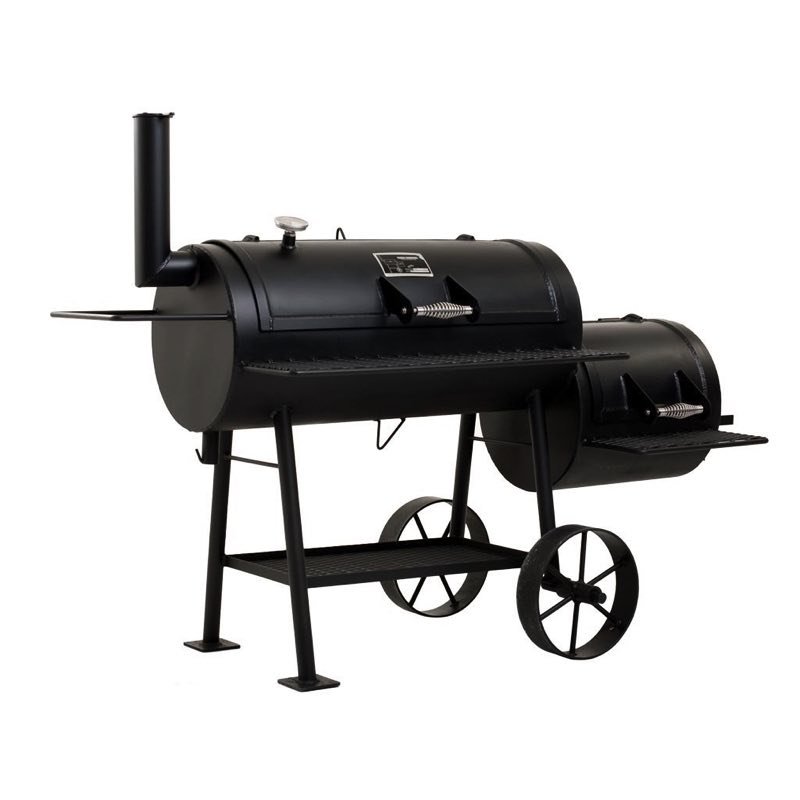
Cheyenne 16" Offset Smoker
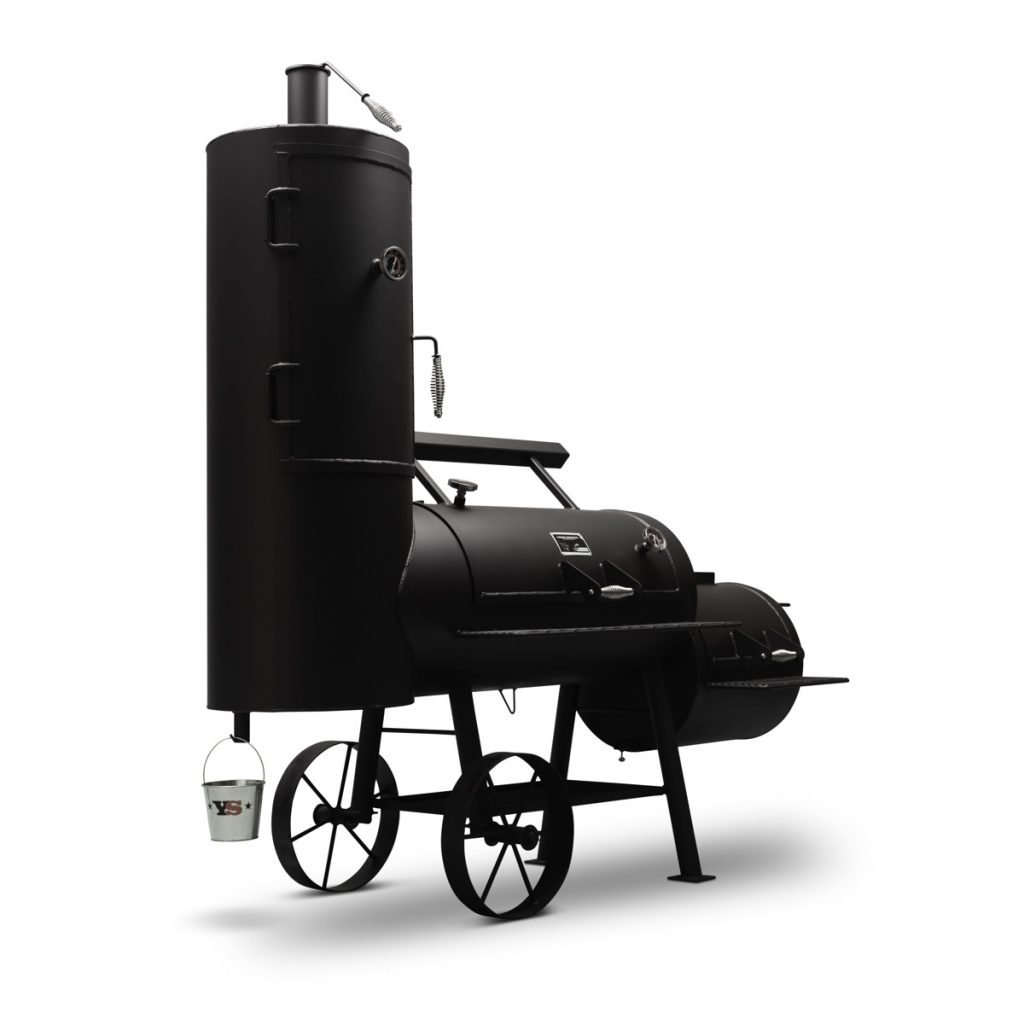
Durango 20" Vertical Offset Smoker
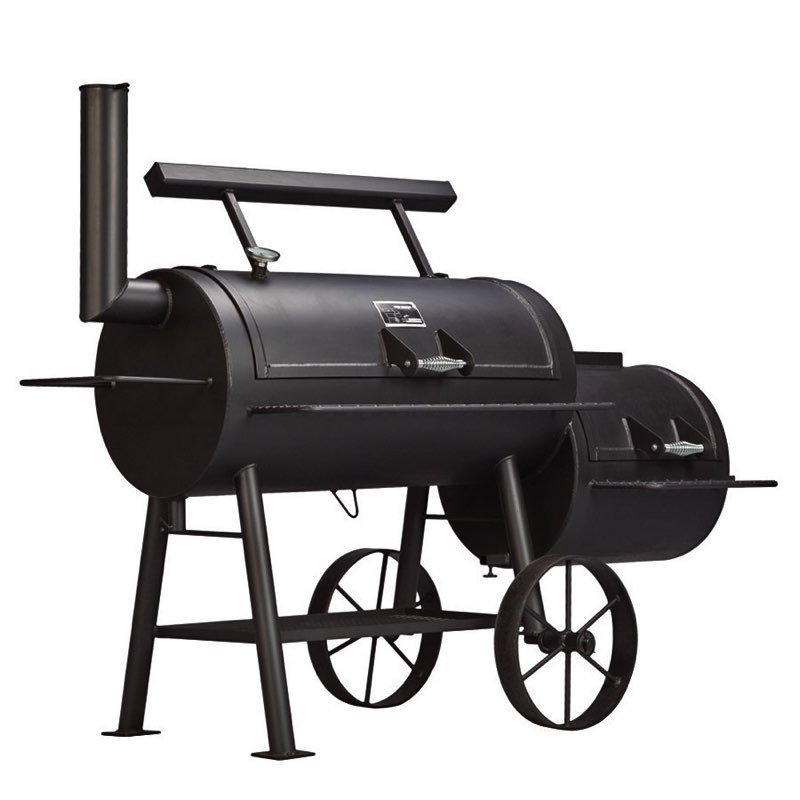
Wichita 20" Loaded Offset Smoker
